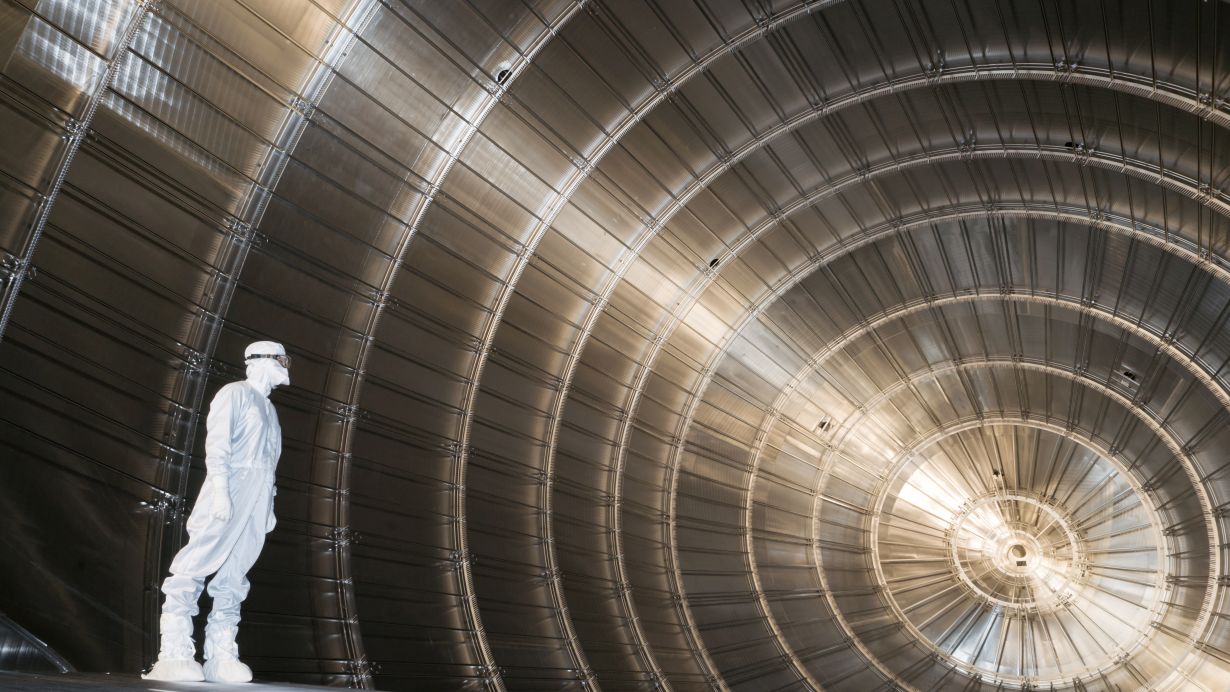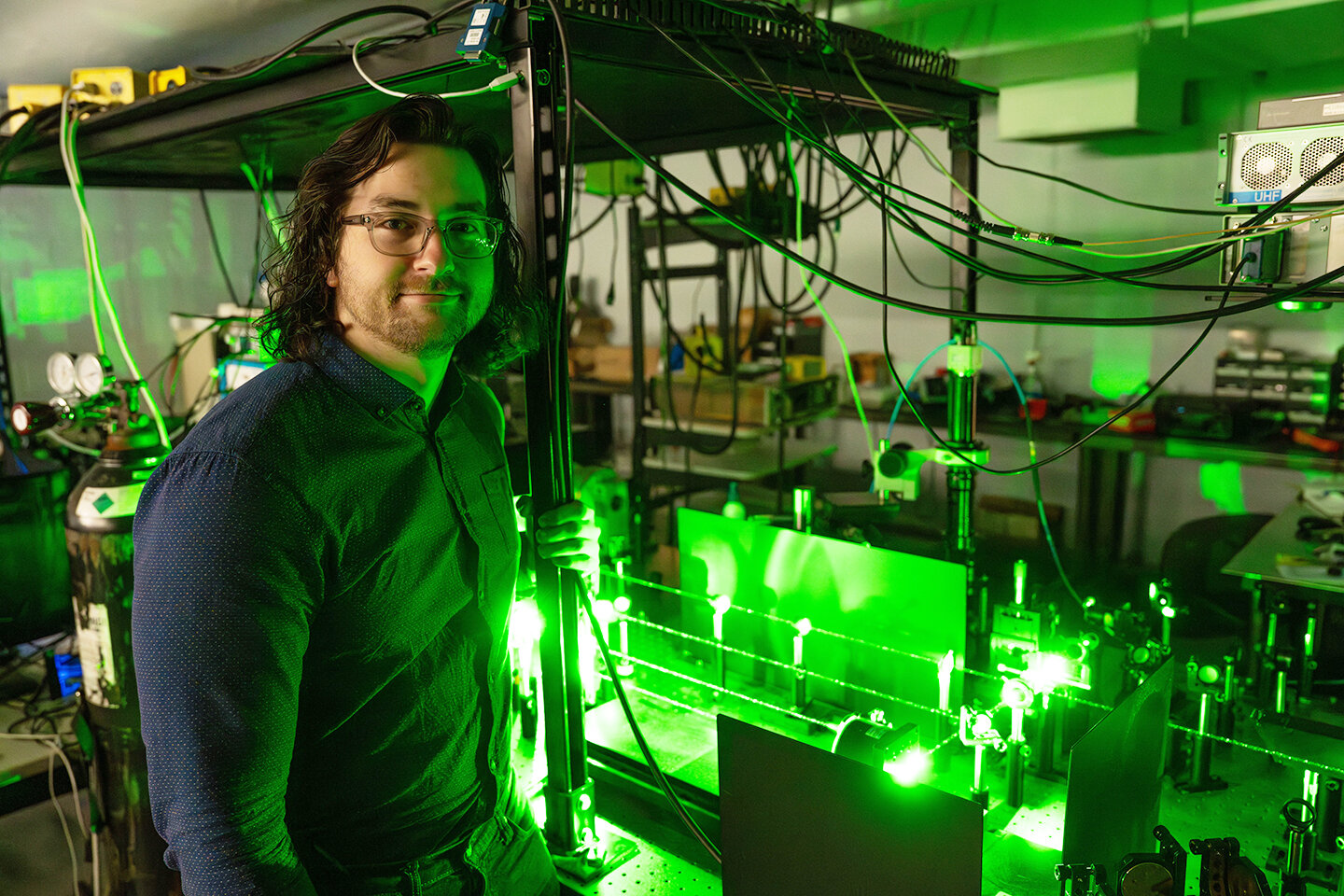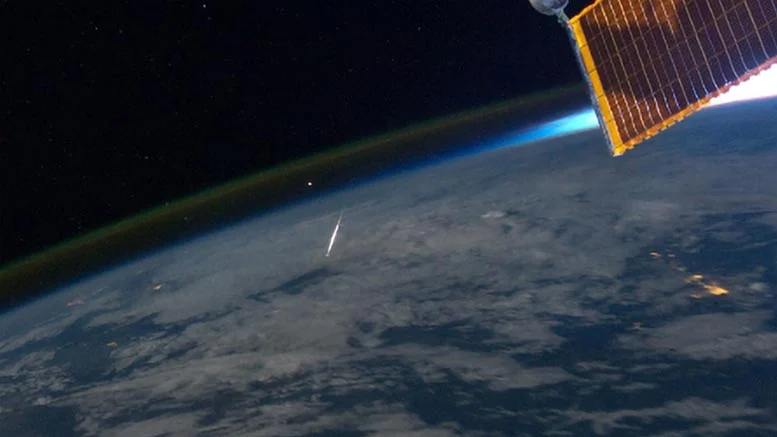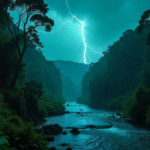This photograph taken by an International Space Station astronaut shows a bright meteor from the Perseid meteor shower in Earth’s atmosphere. The brightest meteors are known as fireballs, or bolides. Credit: NASA
When the Sky Roars: What Exactly Are Bolides?
Imagine looking up to see a sudden burst of light racing across the sky, followed by a thunderous boom that shakes your windows. These rare but powerful events are caused by bolides—large meteoroids that explode upon entering Earth’s atmosphere. These fireballs can release energy on par with tons of TNT, making them both visually and scientifically spectacular.
More Than Just Shooting Stars
Unlike ordinary meteors, bolides are much brighter and can often be seen during the day. Their dramatic sonic booms and intense brightness make them ideal subjects for scientific research, especially in the context of Earth’s safety from space threats.
Listening to the Cosmos: How Infrasound Sensors Track Fireballs
To track these sky-shaking events, scientists use infrasound sensors—devices that detect extremely low-frequency sound waves, far below the range of human hearing. These sensors help scientists capture data from bolides as they soar through the atmosphere.
Why Infrasound Is Critical
Bolides create a continuous wave of sound as they move, unlike explosions which occur at a single point. This poses a challenge: infrasound sensors may detect signals from multiple places along the meteor’s path, complicating efforts to pinpoint its location and trajectory.
New Research: Trajectory Is the Key to Accuracy
At the European Geosciences Union’s annual gathering, Sandia National Laboratories’ researcher Elizabeth Silber shared groundbreaking insights. Her team found that the angle of entry—how steeply a bolide enters the atmosphere—greatly affects the quality of infrasound data.
Steep vs. Shallow Entries
Bolides that enter at steep angles (greater than 60 degrees) produce clearer, more reliable infrasound signatures. In contrast, shallow entries scatter the sound over a wider area, introducing more uncertainty and making it harder to determine where the fireball came from and where it’s headed.
Why This Matters for Planetary Defense
Refining these tracking techniques means better preparedness. Understanding how and where a bolide explodes in the atmosphere helps scientists simulate and model similar scenarios for potential asteroid threats.
Beyond Meteors: Protecting Earth from Space Hazards
The study of bolides is more than a curiosity—it’s part of our evolving strategy for planetary defense. Insights from these natural explosions can also help track space debris, re-entering satellites, and other orbital objects that could pose threats to infrastructure or life on Earth.
The Cosmic Soundtrack: Tuning Into the Universe
By “listening” to the deep, inaudible rumbles of meteors with infrasound sensors, scientists are uncovering more than just celestial crashes—they’re building a foundation for global safety. It’s a remarkable example of how quiet signals from the universe can help protect our noisy, vibrant planet.
Curious to Know More?
What other celestial secrets are waiting to be heard? As we continue to unlock the universe’s mysteries, one sonic boom at a time, stay curious and keep exploring with DailySciTech.com.
Reference: “The shadow of the wind: photovoltaic power generation under Europe’s dusty skies” by György Varga, Fruzsina Gresin, András Gelencsér, Adrienn Csávics and Ágnes Rostási, 14 March 2025, EGU General Assembly 2025.
DOI: 10.5194/egusphere-egu25-9264
Daily science news 2025, Best science blogs, New science research 2025, Popular science articles, Latest science news 2025










